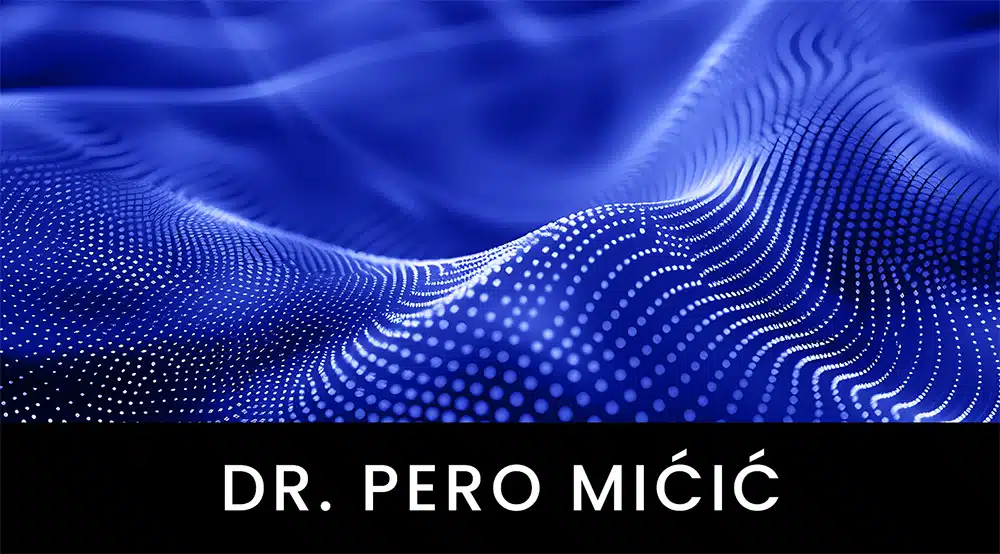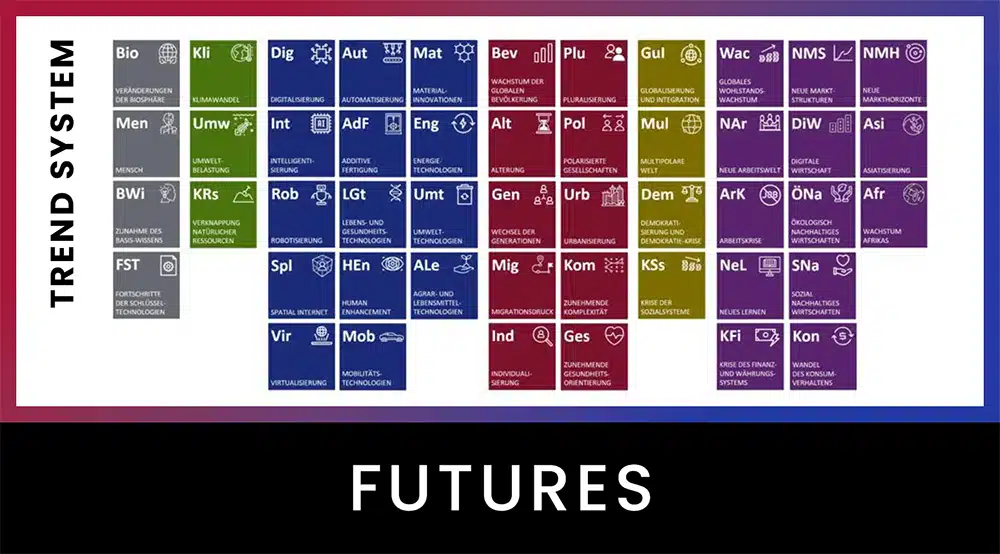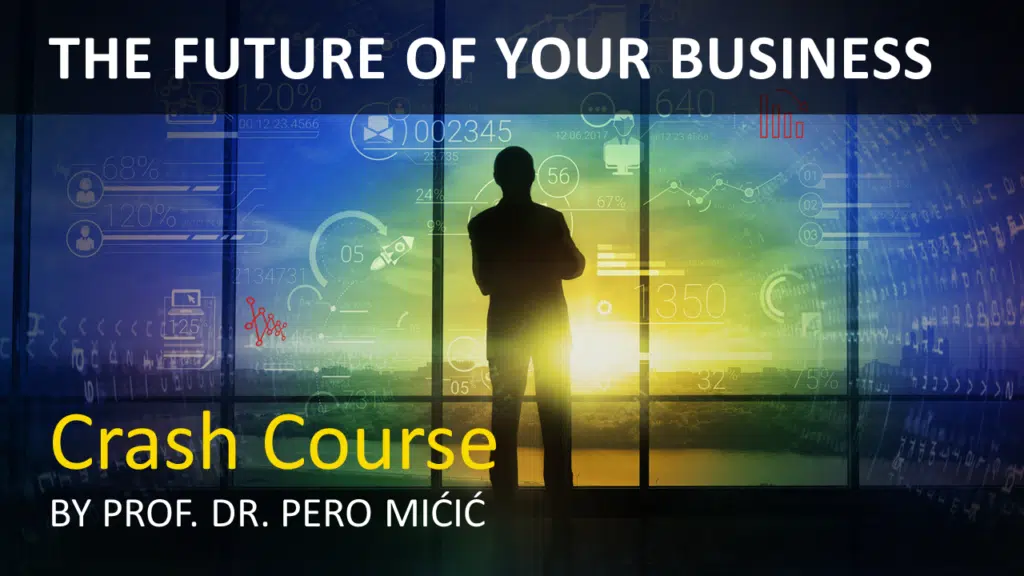Turning disabilities into advantages: Artificial hips, organs, arms and legs save and improve the lives of the sick and disabled. But we will go further. We have long since begun to expand the capabilities of man. Where does that lead?
The opening match had not yet begun when the most forward-looking moment of the 2014 FIFA World Cup was already over. Juliano Pinto gave the symbolic kick-off for Brazil’s first match against Croatia – even though the 29-year-old Brazilian is a paraplegic. An exoskeleton made it possible for him. Juliano controlled his robot suit solely with his thoughts. He thought something like “now kick” and his foot poked the ball.
Miguel Nicolelis, a neuroscientist at Duke University in the U.S., Pinto’s Brazilian compatriot and leader of the development team of 156 researchers, used the exoskeleton developed for Pinto to show the entire world what is already possible today.
Will “physical disabilities” soon be a thing of the past?
High-tech wheelchairs, flattened curbs and low-positioned light switches are already making life easier for people with walking disabilities. However, our measures are still largely limited to alleviating the consequences of physical disability in everyday life. In the future, we will look more and more intensively at the cause itself. Neuroscientific, medical and technological innovations can turn the blind into sighted people, the deaf into hearing people and leg amputees into runners, sprinters, climbers and dancers. A person without a disability can’t even comprehend how great the feeling of liberation must be.
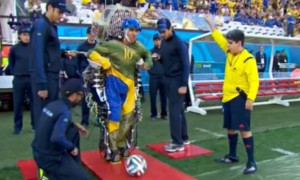
Juliano Pinto has shown us a glimmer of hope. Pinto was just on the sidelines and the ball rolled maybe two yards. Let’s remember the beginnings in other technical fields. The computer power that took us to the moon is now often in our jacket pockets. Twenty years ago, robots were downright pitifully incompetent, while Boston Dynamics’ creations now look like creatures from another world or a future one. Today already.
By the way, the Boston Dynamics company was sold, to Google, as were several other robot manufacturers. It seems only a matter of time before no one in the growing affluent part of the world has to suffer from a physical disability.
We have developed glasses so that the defective person can see clearly again. But also the binoculars to see more. Did we ever stop when it was good enough? Today, we can see and hear further than humans can without technology. No, researchers and developers worldwide will not stop at the limits of what is possible for naked humans. Rehabilitation seamlessly transitions into what is known as human enhancement. The issue spilled over into the general public during the London 2012 Summer Olympics, when Oscar Pistorius, a bilateral transtibial amputee sprinter, was allowed to compete in the non-disabled sprint events. Previously, there had been heated discussion about whether the Australian athlete might not have an advantage over his competitors because of his carbon prostheses. As a result, he didn’t have that advantage on the circuit, but he did on straight and longer runs.
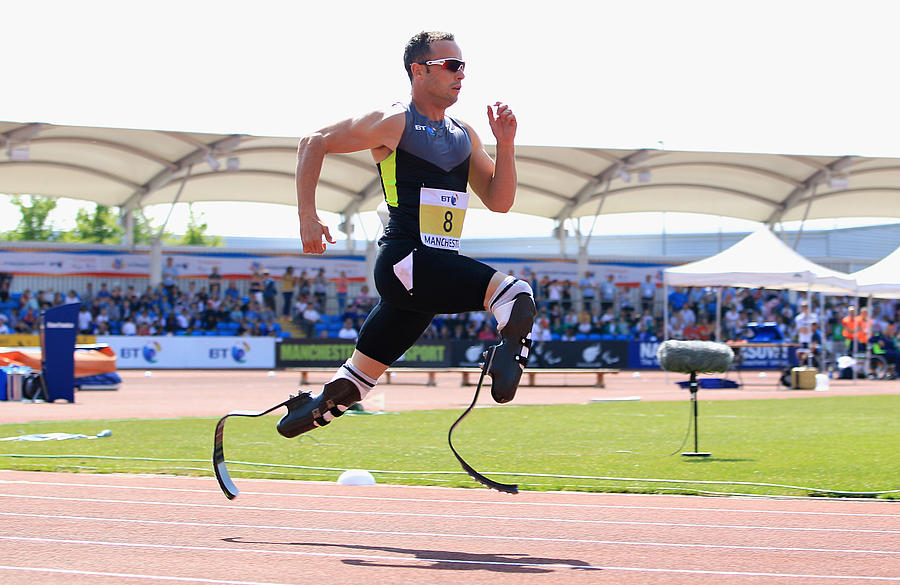
Compensate, heal – and expand!
The one-armed drummer of the rock band Def Leppard, Rick Allen, has a clear advantage over non-disabled people thanks to the “intelligent arm prosthesis” developed by the Georgia Institute of Technology. It has two drumsticks: one is directly controlled by electromyographic sensors that detect the electrical voltage in the upper arm muscles and evaluate it via an embedded processor, which in turn uses actuators to move the stick. The actions are analyzed by an integrated electronic system, which automatically adds the second stick via algorithms. In the future, it is already being considered whether it will be possible to give people without amputations an automatically acting third arm for special tasks – for example, surgeons during difficult operations.
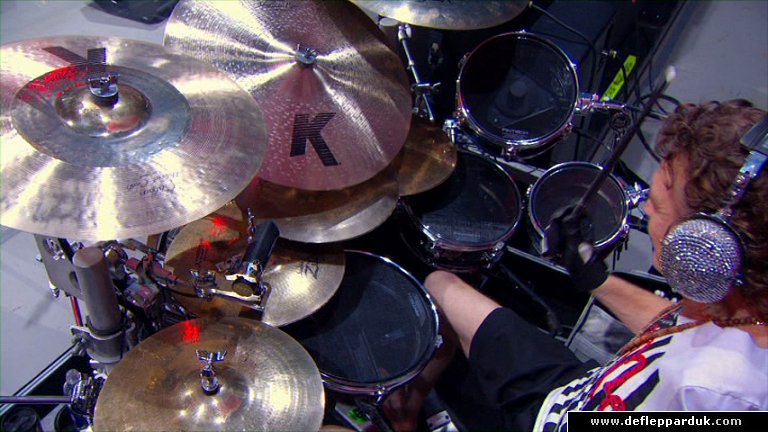
Advances in prosthetics have now led to the development of earlier simple prostheses into highly complex “human-machine interfaces” that can be used in different modes, adapted to specific needs, and some can even be controlled via smartphone apps.
The University of Louisville in the U.S. state of Kentucky believes it is possible that paraplegics will be able to learn to walk again in the future without exoskeletons: here, test patients were fitted with electrical implants. The electrical signals at the spine activate the remaining healthy nerves and are able to “wake up” the spinal cord, at least partially. At the same time, scientists are working on a vision of a permanent cure for paraplegia: the interrupted nerve tracts in the spine are to be regrown with the help of stem cells.
We can dare to do all this because we have largely researched and understood the human body and have made enormous progress in prosthetics and robotics. Our nervous system, our psyche and the unimaginably complex interaction with the body, on the other hand, are still largely mysterious to us. And yet, neuromedical scientists are working to use neuroimplants to cure brain diseases or at least minimize their effects on patients. One of the best-known examples is the so-called “brain pacemaker”, which is considered an alternative medication for Parkinson’s patients with particularly severe impairments. In deep brain stimulation, electrodes are implanted in the patient that deliver impulses to the target region of the brain, correcting disease-related abnormalities. Electrical stimulation in the central nervous system could also restore vision and hearing in affected patients. Migraine and depression are also to be treated with deep brain stimulation.
Landmine victims have other concerns
Juliano Pinto, who can move with the help of his mind-controlled exoskeleton, demonstrates the enormous potential created by the interplay of mechanical, electronic and neural technology. By neuronally linking prostheses, implants and even our clothing to the human body and mind, bold visions become realistic. With or without disabilities, the lines will blur. We will be able to fundamentally expand the limits of our abilities set by nature in just about every way.
But does this help the many people who today cannot afford even the simplest prostheses? There is reason to hope and expect that. The progress made with high-tech solutions will lead some developers and suppliers to ask whether simplified products and solutions can be derived from them. For example, Stanford University students working with the Jaipur Foot Group have developed an artificial knee joint that can be assembled in a short time from five pieces of plastic and four screws and costs no more than $20 – a huge improvement for people in developing countries, especially victims of land mines. More than 5000 people have already been treated with the “JaipurKnee”.
When is a human being a human being?
As with all technological and medical advances, the question is where this development will take us and how it will change our lives. Is an inhumane future emerging here, in which only the rich can have their disabilities operated on and additionally “enhance” themselves in order to then become even more competitive and richer? Do we interfere with the evolution of man with our possibilities? Is transhumanism coming, whose protagonists say that it is just part of evolution that the evolved being, at a certain point, improves itself and ushers in a new, accelerated era and form of evolution?
This discussion is not new. Similar discussions have already taken place around the first successful curative heart transplantation in humans in 1967. Even 50 years ago, people argued about whether a person with an artificial heart was still a human being. Meanwhile, heart transplants are not considered routine medical procedure, but at least ethically uncontroversial. What’s new is the exponentially increasing speed of innovation and, with it, its reach into nearly every human capability.
Of course, richer people and societies will be able to afford the fruits of innovation more easily and diversely than poorer ones. But as the knee joint for 20 euros proves, literally everyone can benefit. Of course, the advances described here can also be abused. But responsible use will far outweigh this. Today, we already live with technical aids without losing our humanity. Neither glasses nor hearing aids nor prostheses nor artificial organs have turned us into inhuman cyborgs. Nor will exoskeletons.
Follow these links as well:
► The Future Strategy Program for SMEs
► Free video crash course THE FUTURE OF YOUR BUSINESS
► BUSINESS WARGAMING for robust business and future opportunities
► KEYNOTES by Pero Mićić for your employees and customers
Have a bright future!
















